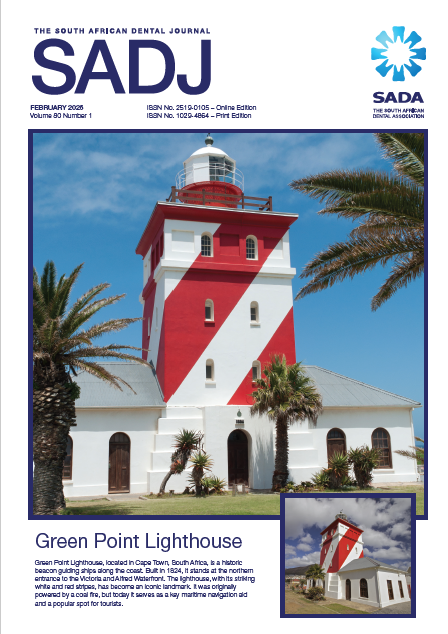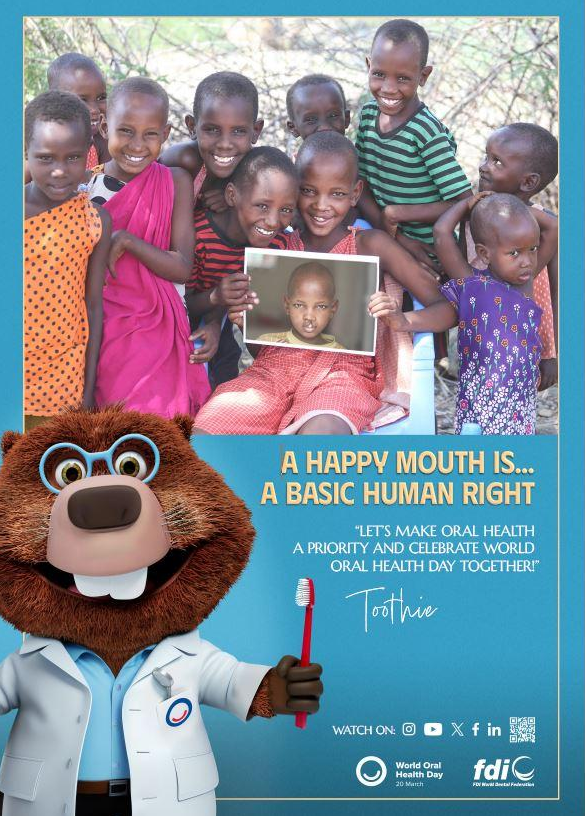Adverse event, negligence or malpractice: The debate revisited
DOI:
https://doi.org/10.17159/Keywords:
Negligence, Adverse event, Malpractice, Reasonable person rule, Standard of conduct, Duty of care, Expert witnessAbstract
Determining whether an incident in healthcare is an adverse event, negligence or malpractice can be challenging. The authors previously proposed a three-pronged model considering the magnitude of harm, the frequency of similar incidents and the intention behind the actions. However, on reflection and testing, they have identified limitations in the model. Magnitude is subjective, frequency is difficult to gauge and intention is impossible to assess. The authors now propose a refined template that replaces Frequency with Perceived Harm, better defines how Magnitude can be gauged and replaces Intention with a more objective
measure of Fitness for Purpose. It also introduces a fourth category of Accountability (a measure of professionalism). The updated model includes a graphical representation using Visual Analogue Scales, with the aim to aid in determining whether an incident is an adverse event, negligence or malpractice. The respondents/assessors will mark a point on each of the four scales that best indicates their assessment of that category. These points can then be measured and the totals used to rank the severity of the incident. This paper once again emphasises how important it is for clinicians to maintain accurate and detailed records, the need for teaching
and practicing evidence-based medicine, of prioritising the patient’s best interests, and of timely reporting of suspected misconduct to the HPCSA in order to protect patients.
Downloads
References
1. Sykes LM, Evans WG, Dullabh HD. Negligence versus malpractice. Part 14: The “Reasonable Person Rule”. SADJ. 2017;72(9):430-432.
2. Legal Dictionary L. The free dictionary – Negligence. Accessed 2017 May 10. Available from: http://legal-dictionary.thefreedictionary.com/Negligence
3. Law and Legal Definitions. Reasonable Man Theory Law & Legal Definition. Accessed 2016 May 1. Available from: https://definitions.uslegal.com/r/reasonable-man-theory
4. Cambridge Dictionary. Definition of intention. Available from: https://dictionary.cambridge.org/dictionary/english/intention
5. Negligence versus malpractice: Understanding the key differences. Available from: https://cummingsinjurylaw.com/medical-malpractice/negligence-vs-malpractice-understanding-the-key-differences/
6. Naidoo S, Moodley K. Ethics and the dental team. In: Schaik V, editor. Hatfield, Pretoria: Van Schaik; 2009. p. 136.
7. Theessen T, Milner H. Fitness for purpose clauses in construction contracts should be approached with caution. Accessed 2024 Nov 21. Available from: https://www.webberwentzel.com/News/Pages/fitness-for-purpose-clauses-in-construction-contracts-should-be-approached-with-caution.aspx#
8. Wewers ME, Lowe NK. A critical review of visual analogue scales in the measurement of clinical phenomena. Res Nurs Health. 1990;13(3):227-236.
9. Revill SI, Robinson JO, Rosen M, Hogg MIJ. The reliability of a linear analogue for evaluating pain. Anesthesia. 1976;31(10):1191-1198.
10. Scott J, Huskisson EC. Graphic representation of pain. Pain. 1976;2(2):175-184.
Downloads
Published
Issue
Section
License

This work is licensed under a Creative Commons Attribution-NonCommercial 4.0 International License.





.png)